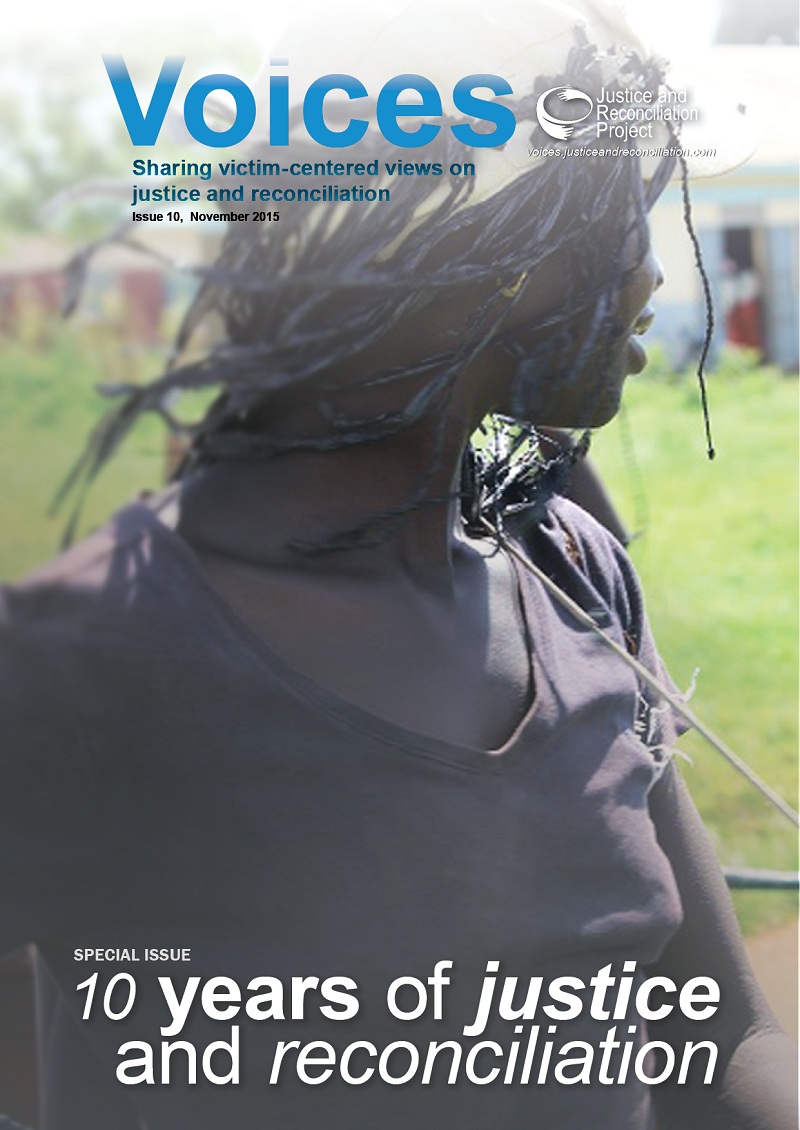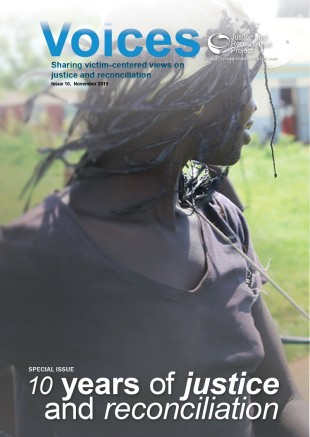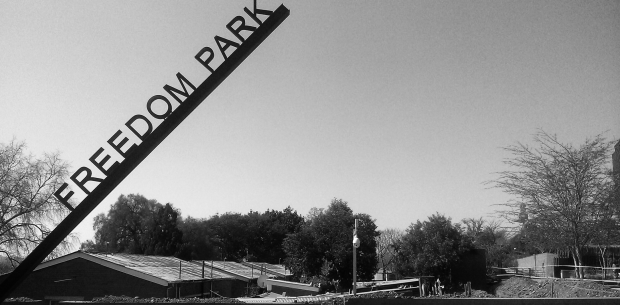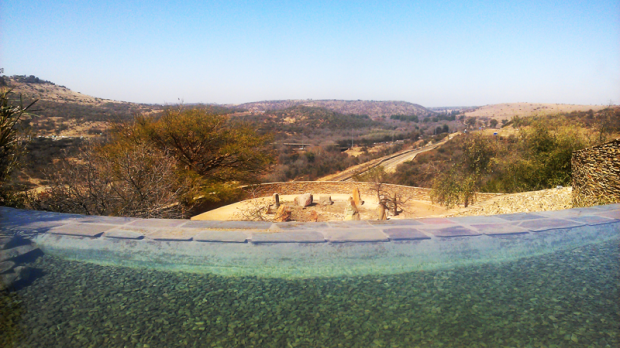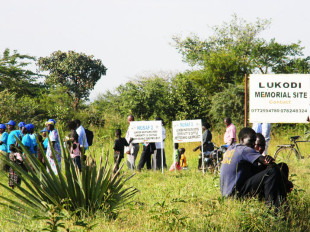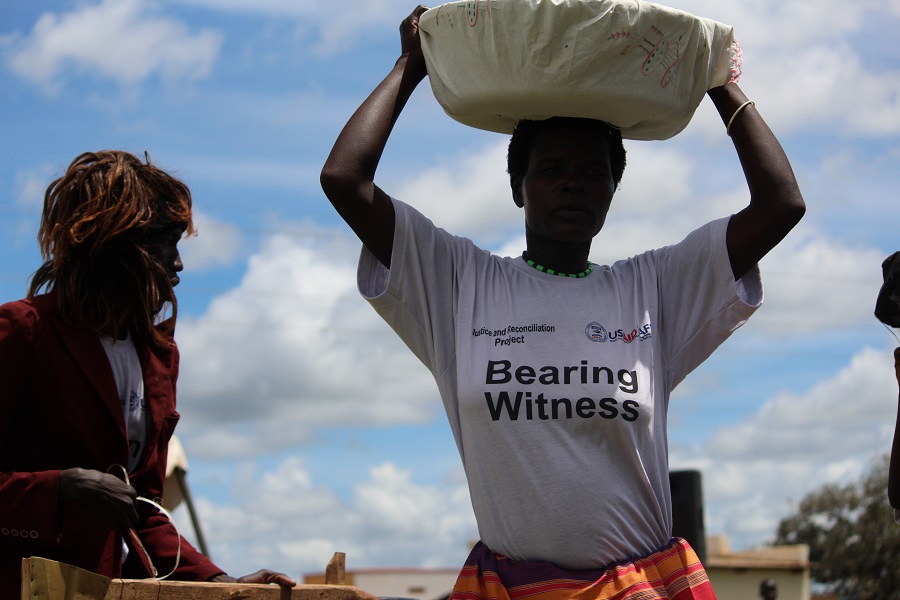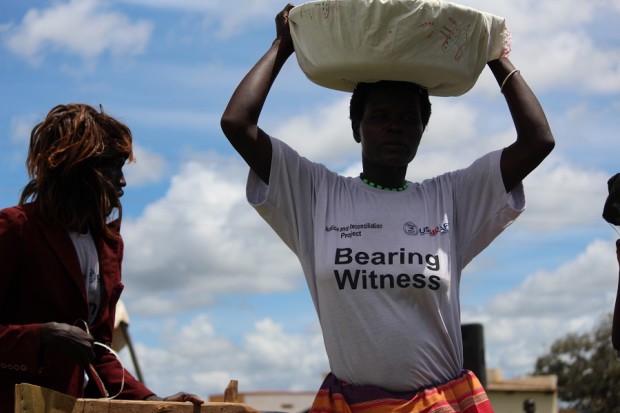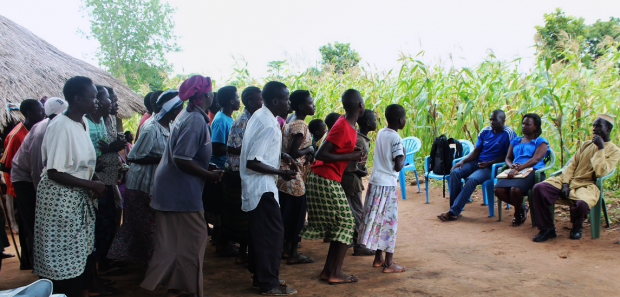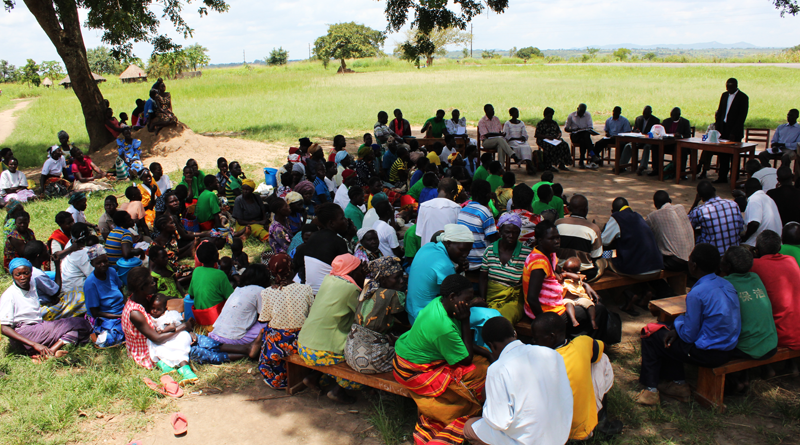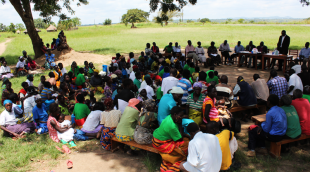Two weeks ago, I attended and presented at the third retreat of the African Union’s Panel of the Wise in Addis Ababa. The Panel of the Wise is a body established by the AU’s Peace and Security Council protocol. It is constituted by five “highly respected African personalities who have made outstanding contribution to the cause of peace, security and development on the continent” and their job is to support the Peace and Security Council, the AU’s body responsible for “the maintenance of continental peace and security”, by carrying out mediation, brokering peace agreements and playing an advisory role to the Council.
This year, the Panel held its third annual retreat, which is a meeting that brings peacebuilding, conflict-prevention, mediation and transformation actors from across Africa to discuss and develop “traditional, homegrown approaches” to ensure lasting peace in Africa with each other and the Panel. This year, the meeting was guided by the theme “Silencing the Guns by 2020”.
Even though the theme of the meeting was forward looking, a lot of attention was paid to ongoing conflicts since, for many, these hit close to home. Burundian presenter, Dr. Marie-Louise Baricako, spoke about what is happening in her country and said that where peace is concerned, the signing of peace agreements is simply not enough. “There must be a process of reconstruction after an agreement is signed,” she said.
At the start of the meeting, a moment of silence was proposed for the victims and families of the recent attacks in Paris. In response, it was suggested as well in addition to Paris, we would stand in solidarity with the peoples of Burundi, Nigeria and other places for whom active conflict is raging.
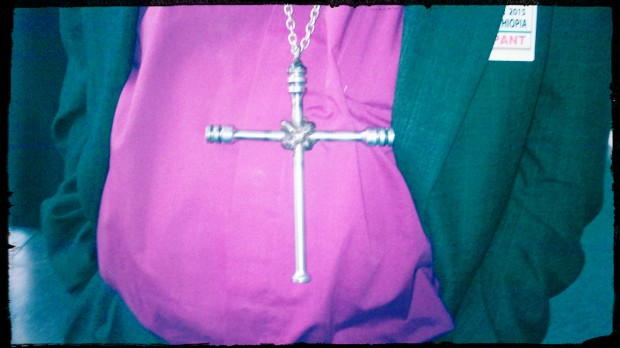
I was asked to speak during a session dedicated to “the role of local actors in conflict prevention, mediation, dialogue and peacebuilding”. I saw my task as simple – to draw attention to the opportunities for the mediation of conflict in the African context that involves and uses lessons learned from witnessing the resilience and strength of the communities and individuals in northern Uganda whose daily lives are affected by war. So, I stressed how important it is to involve affected-communities and individuals in mediation, dialogue and peacebuilding because they often already have the capacity, skills and desire to mediate, dialogue, and prevent conflict. The role of other actors – civil society, government and so on – is to provide the platforms to do this, which is the essence of a bottom-up approach.
Fortunately, this sentiment was shared by most of the presentations made at the retreat – so even though the meeting was simultaneously conducted in four different languages, I didn’t feel like I was speaking a foreign tongue. Many of the presentations spoke about the value and importance of involving people of different sectors – youth, women, and civil society and so on – and how it has been consistently shown how important these are for ensuring lasting and effective resolution of conflict. During her opening remarks at the beginning of the meeting, Panel of the Wise member Dr Speciosa Wandira reflected this when she remarked that this was a “time to redeposit power for the people”.
A highlight during the retreat was a presentation by Bishop Dinis Salomao Sengulane of Mozambique who listed ten key ways by through peace can be maintained. One which struck me was the importance of not leaving peacemaking in the hands of the few. “Violent people,” he said, “are not in the majority.” It is also important, he said, to disarm the minds and hands of people in “creative ways”. This could be done through using symbols of violence – such as bullets or guns – and turning their meaning around so that they represent hope and a positive images. In Mozambique, materials used from surrendered weapons from the civil war have been turned into art pieces, including the “Tree of Life”, a sculpture displayed in the British Museum. Bishop Sengulane himself wears a cross sculpted from the remains of weapons used to perpetrate violence, leaving me with the inspiration to know that peace can really be achieved.
